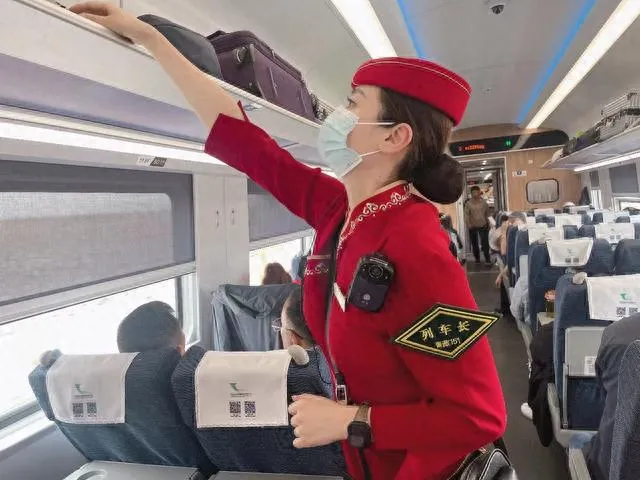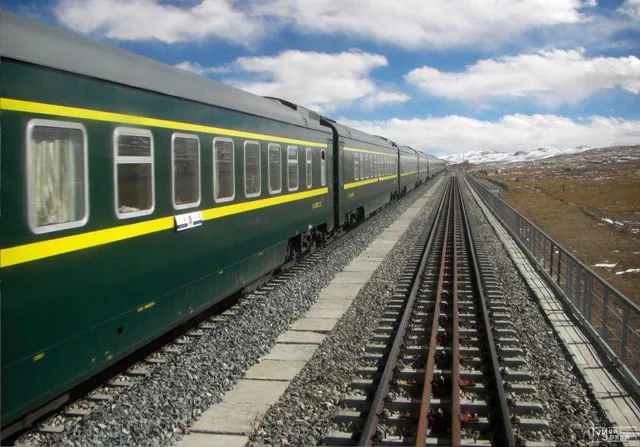The Beijing to Lhasa train journey, also known as the Qinghai-Tibet Railway, is an extraordinary adventure that takes travelers across the awe-inspiring Tibetan Plateau. This remarkable rail route, often referred to as the “Sky Road,” is a marvel of engineering and a gateway to the mystical land of Tibet.
This comprehensive guide will delve into the captivating details of this iconic train journey, covering everything from the route and scenery to practical tips and cultural insights.
Unveiling the Wonders of the Beijing to Lhasa Train Journey
The Beijing to Lhasa train is not merely a mode of transportation; it’s an immersive experience that showcases the dramatic landscapes and cultural tapestry of Tibet. The journey spans over 4,000 kilometers, traversing vast plains, towering mountains, and shimmering lakes.
The Qinghai-Tibet Railway, completed in 2006, is the world’s highest railway, reaching altitudes of over 5,000 meters. This engineering feat has made Tibet more accessible than ever before, allowing travelers to witness its breathtaking beauty and unique culture firsthand.
The Route: A Tapestry of Landscapes
The Beijing to Lhasa train journey takes approximately 48 hours, offering ample time to soak in the ever-changing scenery. The route begins in bustling Beijing and winds its way through the fertile plains of central China before ascending into the rugged terrain of the Tibetan Plateau.
Key highlights of the route include:
- Xining: The capital of Qinghai Province, known for its vibrant Tibetan culture and stunning natural beauty.
- Qinghai Lake: China’s largest saltwater lake, a shimmering oasis amidst the arid plateau.
- Tanggula Pass: The highest point on the railway, offering breathtaking views of snow-capped mountains and glaciers.
- Lhasa: The capital of Tibet, a spiritual and cultural center renowned for its iconic Potala Palace and Jokhang Temple.
Train Options: Choosing Your Adventure
Several train options are available for the Beijing to Lhasa journey, catering to different budgets and preferences. These include:
- Soft Sleeper: The most comfortable option, with four berths per compartment and private facilities.
- Hard Sleeper: A more budget-friendly choice, with six berths per compartment and shared facilities.
- Hard Seat: The most economical option, but not recommended for the long journey.
Preparing for the Journey: Altitude Acclimatization
The high altitude of the Tibetan Plateau can pose challenges for some travelers. It’s essential to take precautions to avoid altitude sickness. These include:
- Acclimatizing gradually: Spend a few days in a high-altitude city like Xining before embarking on the train journey.
- Staying hydrated: Drink plenty of water and avoid alcohol and caffeine.
- Packing warm clothes: Temperatures can drop significantly, even in summer.
- Carrying medication: Consult your doctor about altitude sickness medication.
Onboard Experience: Comfort and Convenience
The Beijing to Lhasa train offers a comfortable and convenient onboard experience. The carriages are well-maintained, and the staff is friendly and helpful.
Amenities include:
- Oxygen supply: To combat the effects of high altitude.
- Dining car: Serving a variety of Chinese and Tibetan dishes.
- Hot water dispenser: For making tea and instant noodles.
- Scenic viewing windows: Offering panoramic views of the landscape.
Cultural Encounters: Immersing in Tibetan Traditions
The Beijing to Lhasa train journey is not only a scenic adventure but also a cultural immersion. The train carries a diverse mix of passengers, including Tibetans, Chinese, and international travelers. This provides a unique opportunity to interact with locals and learn about their customs and traditions.
The Magic of Lhasa: Exploring the Tibetan Capital
The final destination of the Beijing to Lhasa train journey is the enchanting city of Lhasa. This spiritual and cultural center is home to numerous iconic landmarks, including:
- Potala Palace: The former winter residence of the Dalai Lama, a UNESCO World Heritage Site.
- Jokhang Temple: The most sacred temple in Tibet, a pilgrimage site for Buddhists from around the world.
- Barkhor Street: A bustling market street surrounding the Jokhang Temple, filled with shops selling Tibetan handicrafts and souvenirs.
- Sera Monastery: A Gelugpa Buddhist monastery known for its lively debates among monks.
Practical Tips for a Memorable Journey
To make the most of your Beijing to Lhasa train adventure, consider these practical tips:
- Book your tickets in advance: Especially during peak season.
- Bring snacks and drinks: Although food is available onboard, it’s always good to have your own supplies.
- Charge your electronics: Power outlets may be limited.
- Learn a few basic Tibetan phrases: This will enhance your interactions with locals.
- Respect Tibetan culture and customs: Dress modestly and avoid taking photos of people without their permission.
The Beijing to Lhasa Train: A Journey of a Lifetime
The Beijing to Lhasa train journey is an unforgettable experience that combines stunning scenery, cultural immersion, and personal growth. It’s a chance to witness the beauty and resilience of the Tibetan people and their land.
Whether you’re a seasoned adventurer or a first-time traveler, the Beijing to Lhasa train journey is sure to leave a lasting impression. It’s an opportunity to step outside your comfort zone, challenge yourself, and create memories that will last a lifetime.
Embark on Your Own Epic Adventure
The Beijing to Lhasa train journey is waiting to be explored. Start planning your trip today and discover the magic of the Tibetan Plateau.

















